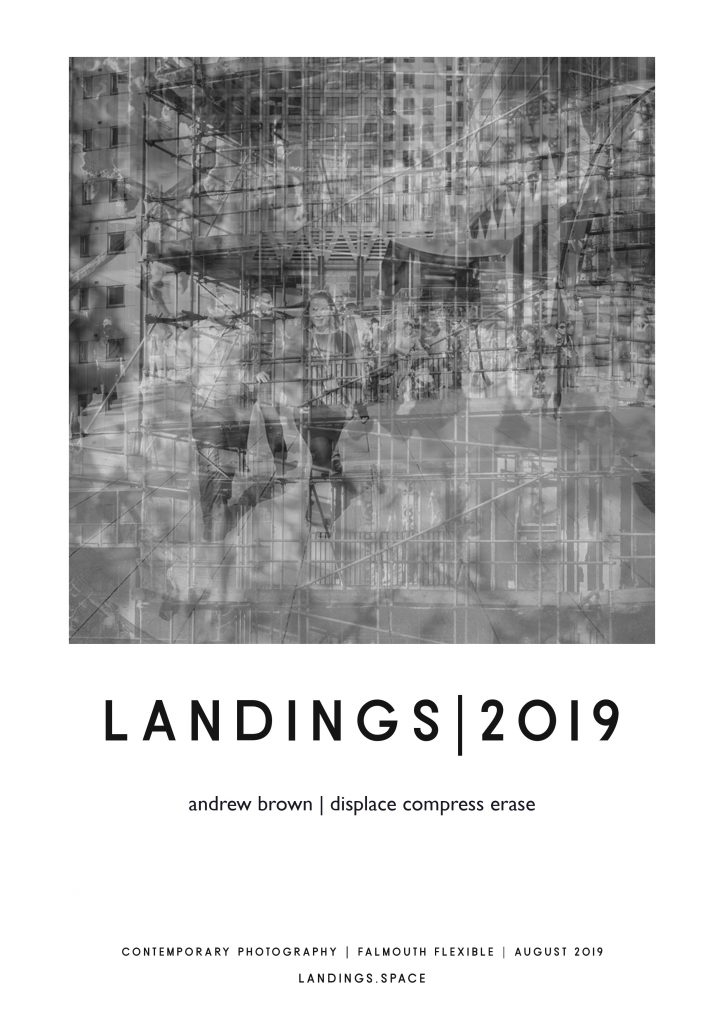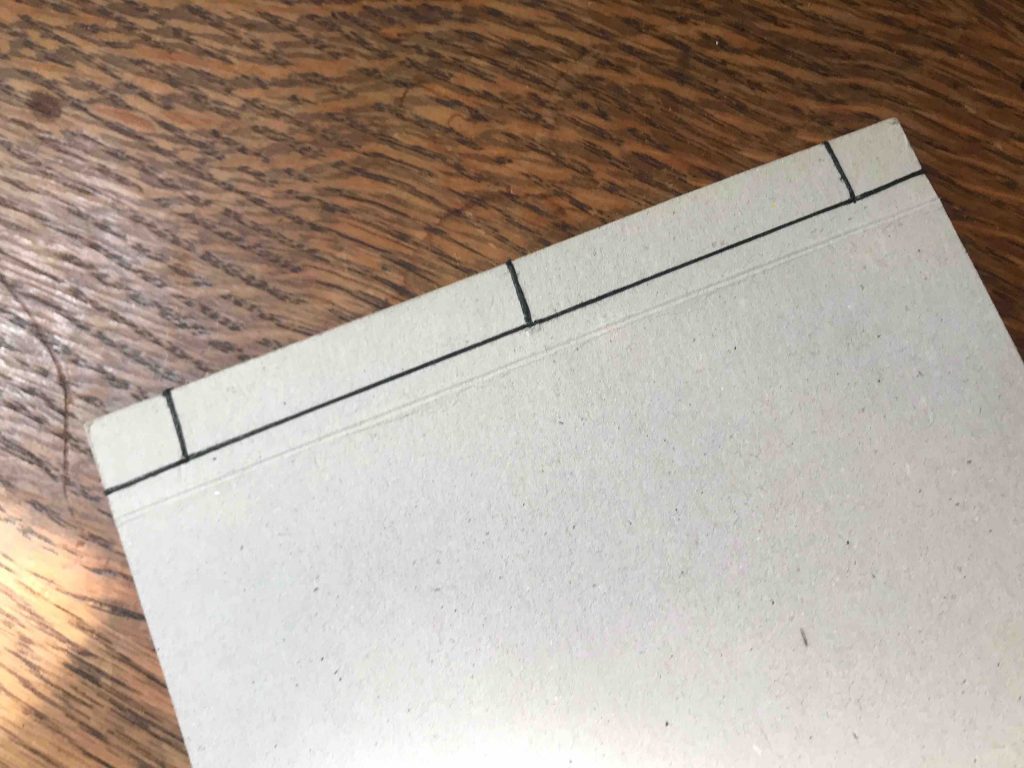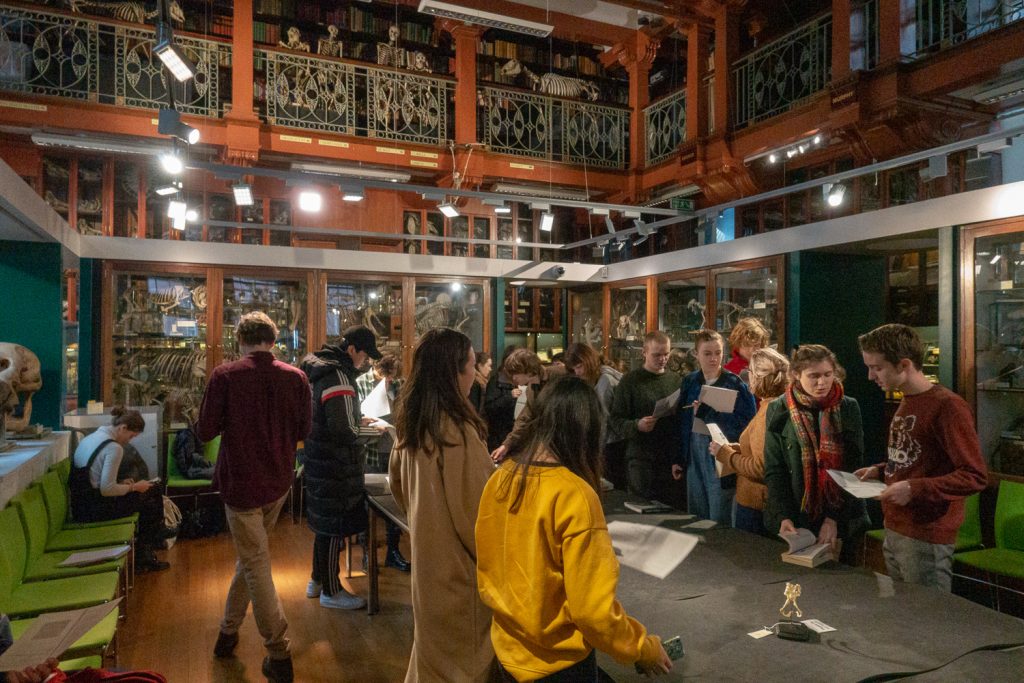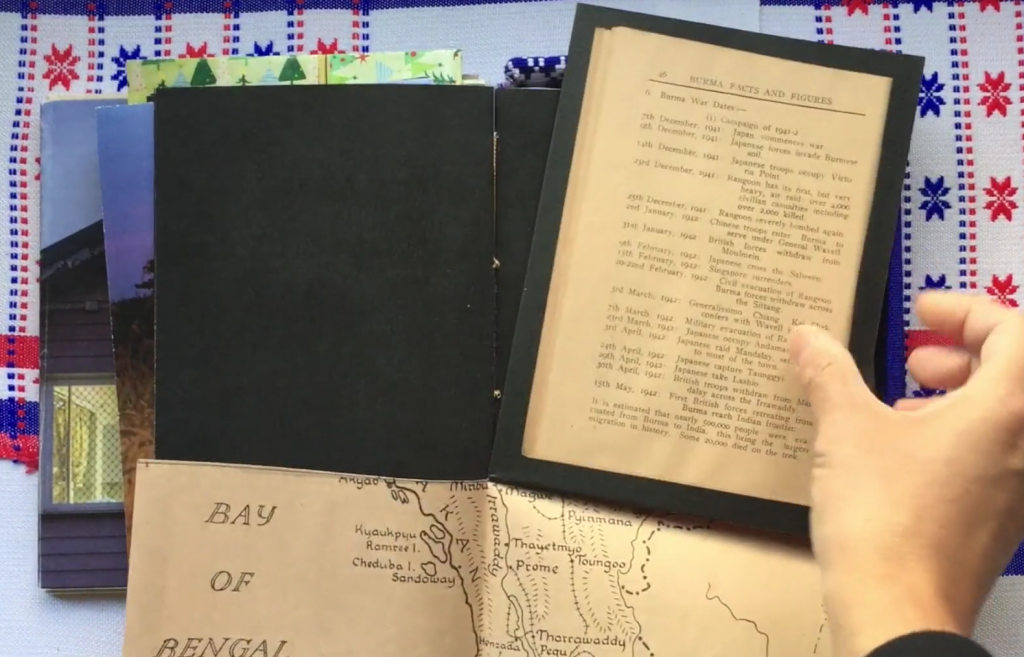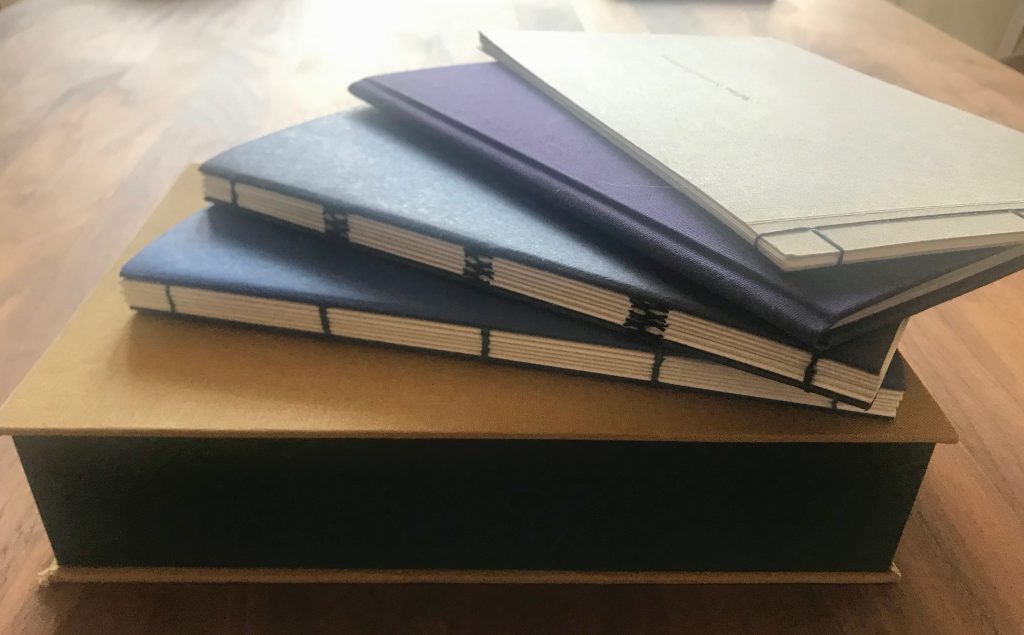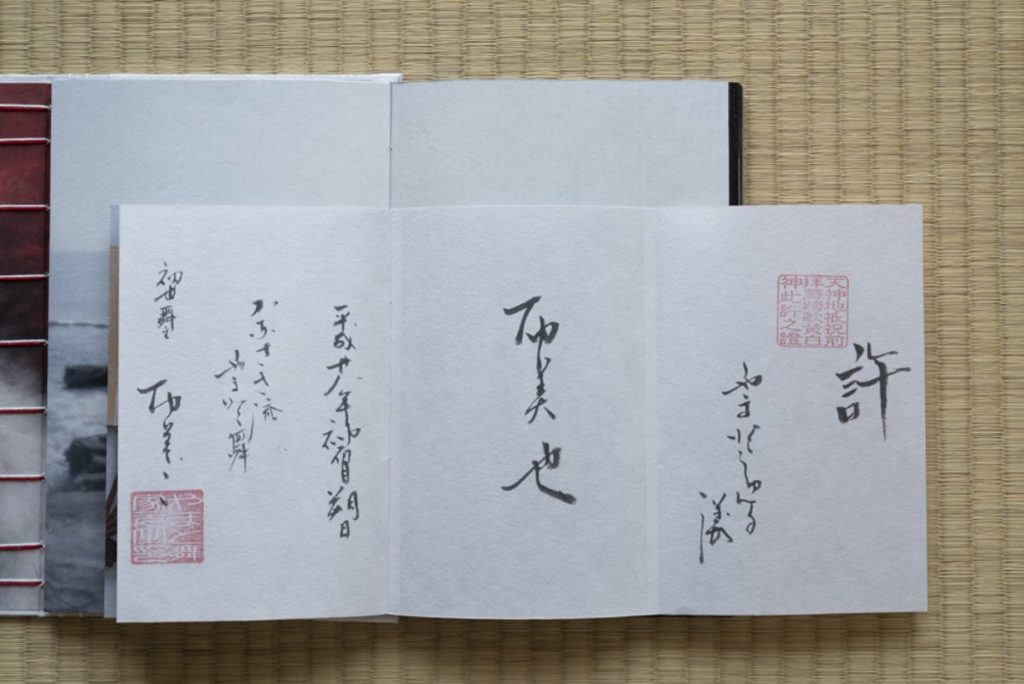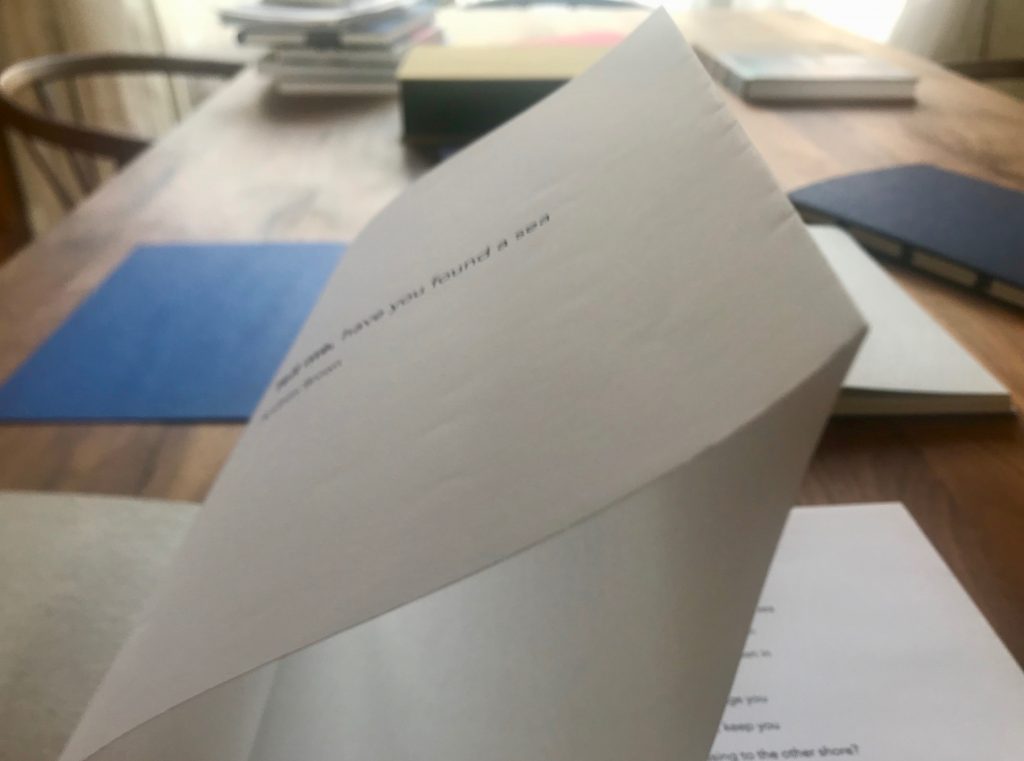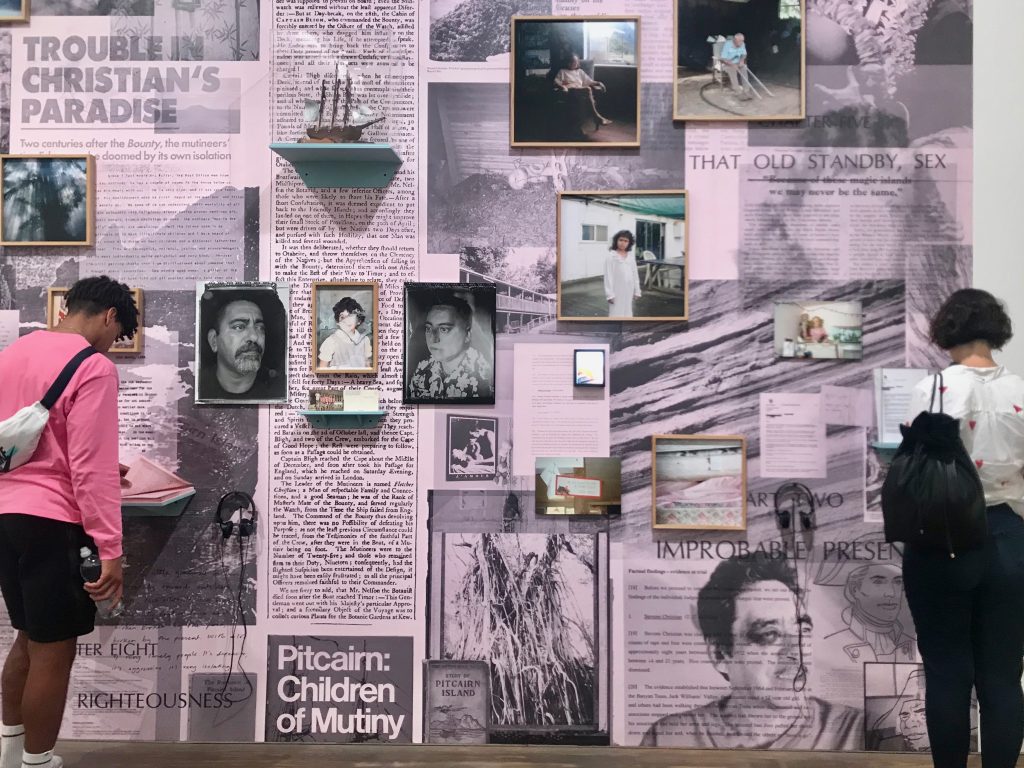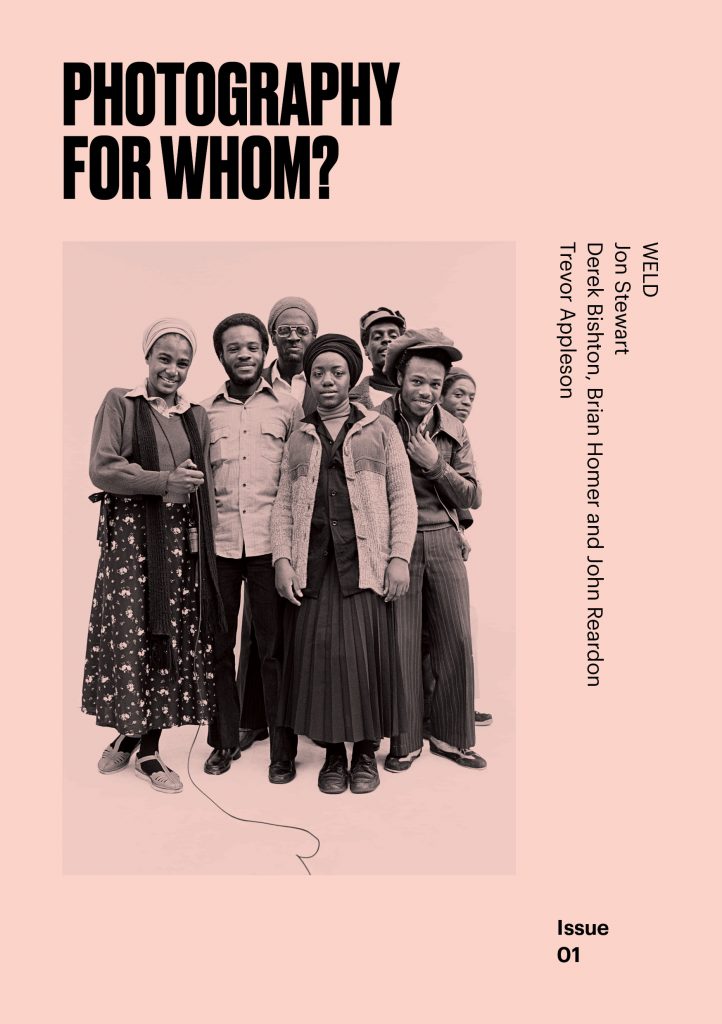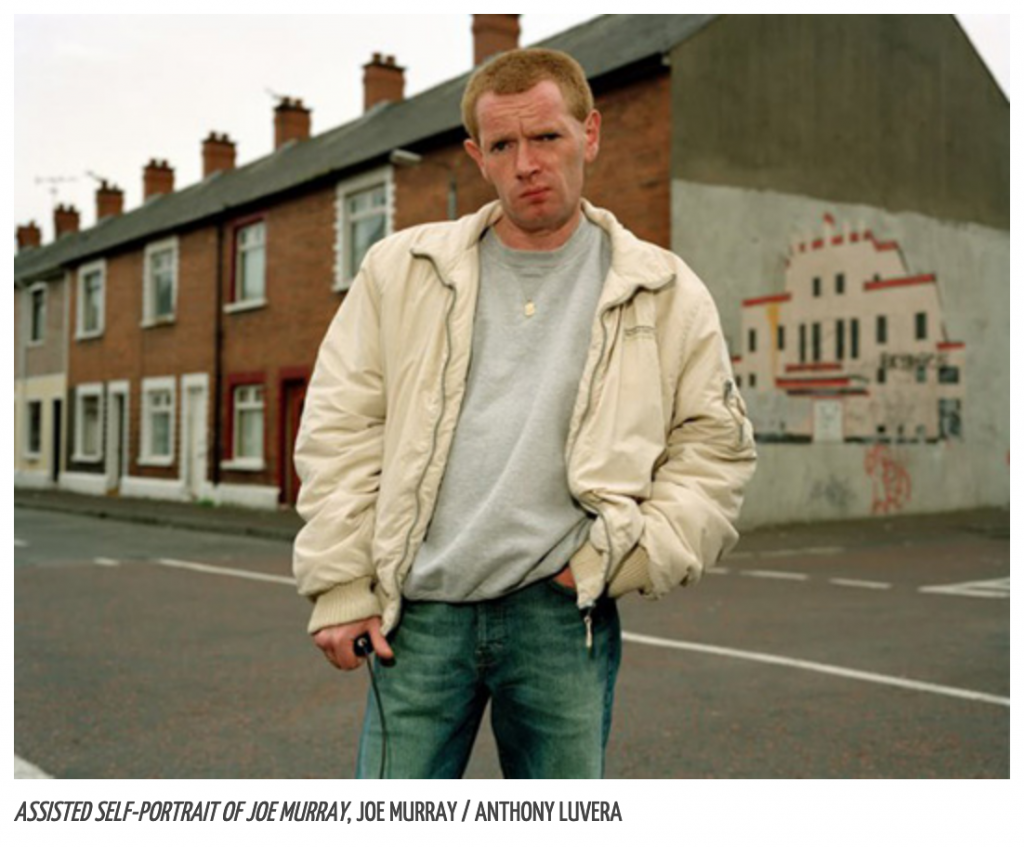7th, 8th, 14th & 15th August 2019
As planned, I ran a series of workshops for 7-11 year olds with Susie and Fiona from New View Arts at the Sue Bramley Children’s Centre on the Thamesview Estate. We ran four half day sessions for a group of six children (with permission from guardians for photographic and video work), designed to use photography to explore the way in which the area is changing and how the children are responding to these changes. On the first day we listened to accounts by residents who had been moved to the estate in 1954 after the Creekmouth Estate, on the banks of the Thames and the Roding rivers, flooded and was subsequently demolished. We made notes, drew pictures and looked at period photographs, and thought about how we might build an archive that would help to tell the story of the displaced residents, and started to prepare materials and make plans for a visit to Creekmouth at the second workshop.
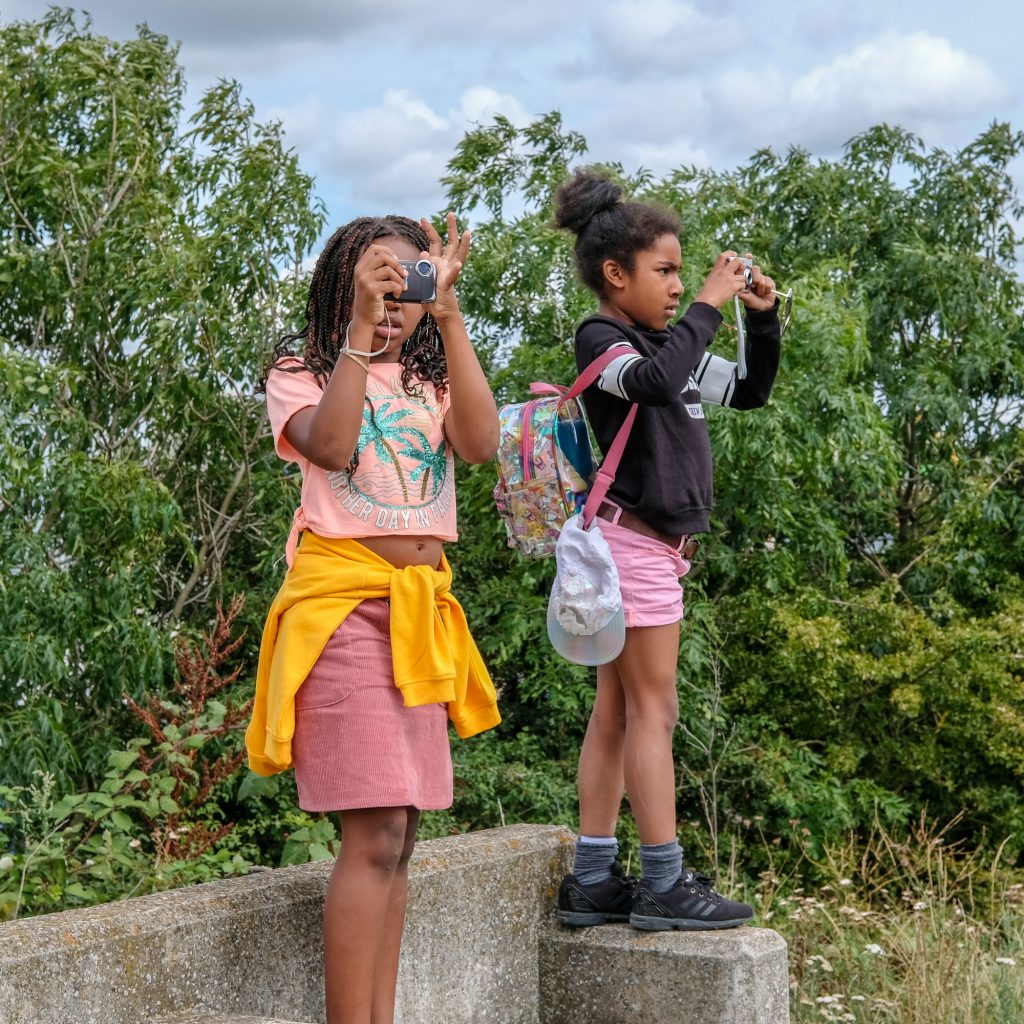
In the second workshop we took photographs at Creekmouth, which we printed off for the third workshop. For this workshop we worked on making archive boxes and talked about living in the area and how we might build our own personal archives. For the fourth session the children brought in objects that they wanted to put into their archives, and we made photographs of these, and for the Creekmouth archive. At the end of the session we looked through all the prints and other materials and the children decided what would go into the archive boxes (personal and for Creekmouth) and discussed why. We provided digital cameras for the children at all the sessions, and ran a portable printer so that prints could be made. We also made videos and conducted interviews to feed into a film about Creekmouth to be shown in October at the Centre. I set up a large format and medium format film camera to explore, and provided card frames to experiment with framing before taking photographs. The process of selecting photographs for the archives gave further opportunities to talk about the process of making photographs, and the ways in which we might use photography, and photographs as artefacts, alongside other drawing, painting and making activities.
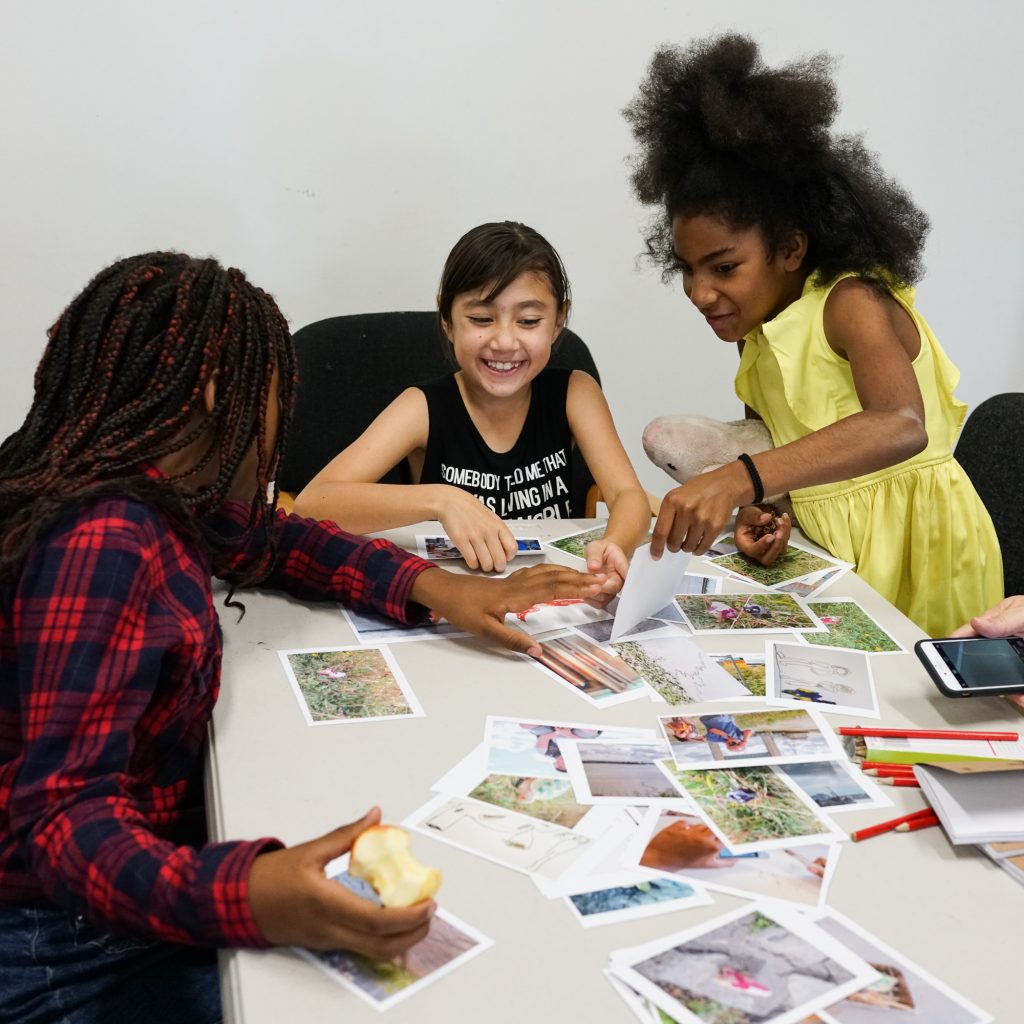
The children really enjoyed the workshops, which provided an opportunity to try out activities (the future workshops will be with older school students and adults). The images produced will feed into the Creekmouth film and the exhibition for the opening of the Men’s Shed being built on site in October, which will explore the changes taking place around the Thames Ward estates and the lives of residents (to which the children and their families will be invited).
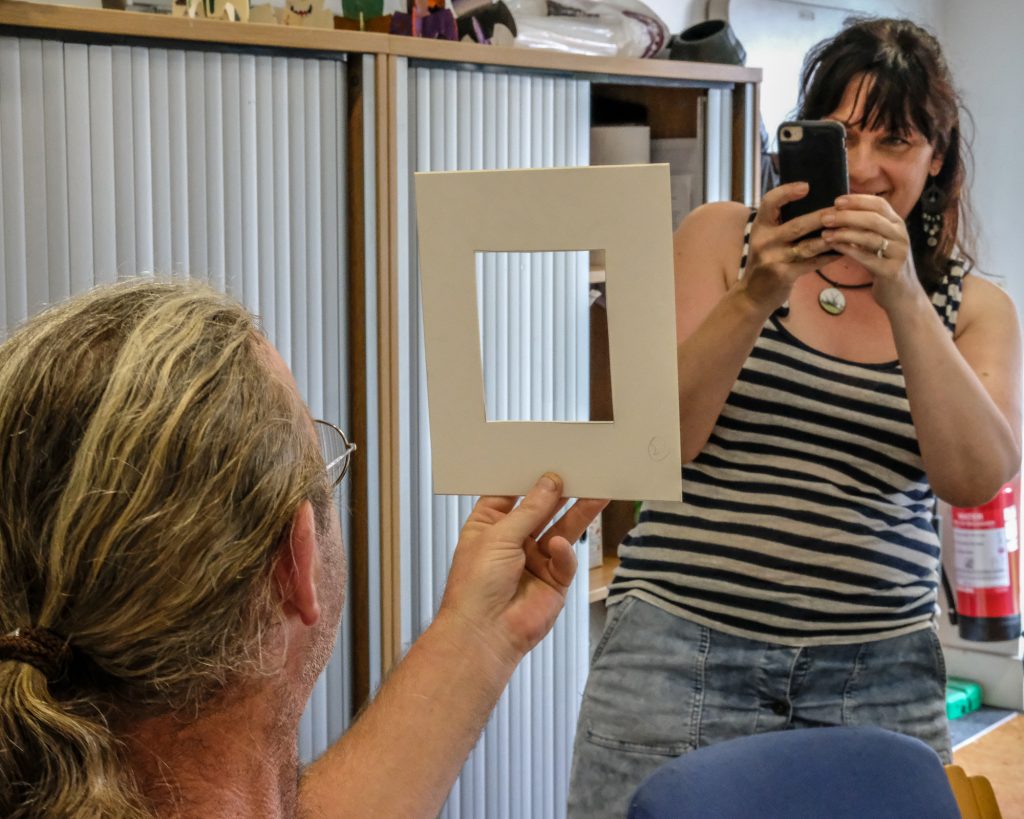
Having the equipment on site also meant that activities spilled over into the Shed Life sessions, generating more interest in making photography a core activity in the shed, and as a tool in the development of the Shed and documentation of the construction process. Interestingly, there was a good deal of interest in film photography among the group, and a some expertise and prior experience with film.
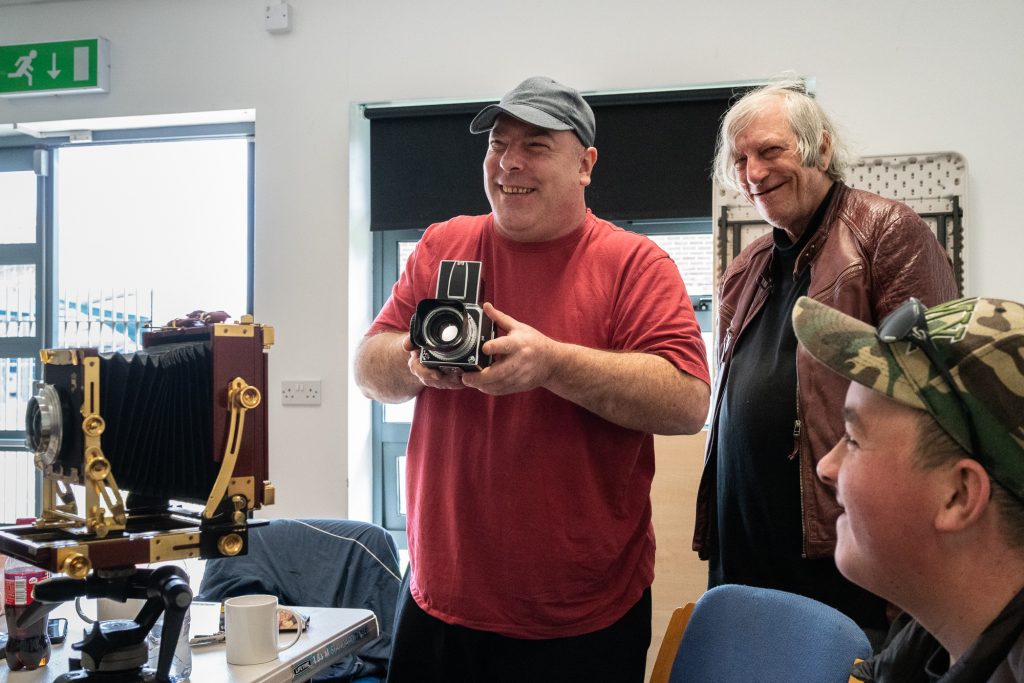
More to follow in the next update on project plans. The experience has demonstrated that the plan for a number of micro-projects with pop-up exhibitions, and a subsequent collective output, is feasible. Having the help of the young volunteers was invaluable in keeping the activities moving, and it would be good to think about involving them more actively in documenting the workshops in the future.

